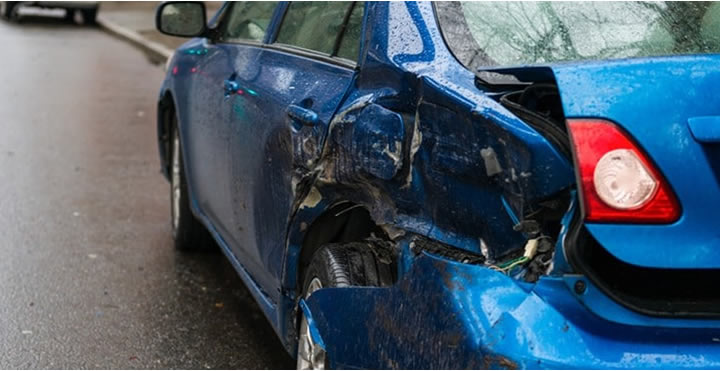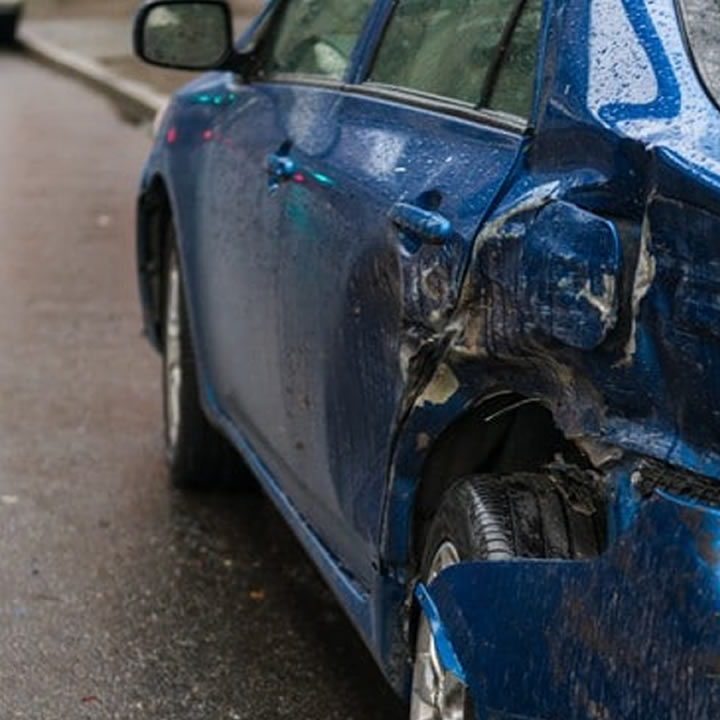A rear-end collision can have a number of side effects
An automobile might have rammed into the back of your car when you were at a stop sign or coming to a roundabout in heavy traffic. Or perhaps you could see the car coming at you quickly, but there was nothing you could do to prevent the collision.
With 29% of all crashes being rear-ended collisions, they are the most frequent type of collision. They are also horrific events that frequently lead to major, life-altering injuries that can affect a person’s life in many different ways.

Don’t hesitate to contact a rear-end Atlanta car accident attorney for a consultation if you were hurt in a car accident and want to learn more about your legal options.
Ways to Show Negligence
You must demonstrate that a driver violated their duty of care.
For example, by driving too closely, failing to yield, failing to pay attention to the speed of oncoming traffic, etc. – and that this violation was the immediate reason for the accident, in order to establish that the driver was negligent.
Finally, you must demonstrate that the collision caused damage to you. Vehicle damage and injuries sustained in auto accidents are two examples of this. After proving liability, you can then file a claim with the at-fault driver’s insurance company.
Liability for Rear-End Collisions
Given the pace of the traffic, the terrain, the weather, and other considerations, it is the responsibility of every driver to keep a safe distance from the vehicles in front of them. Drivers who breach this obligation are deemed negligent.
In most cases, the driver of the car that was rear-ended will be held accountable for the collision.
Rear-end collision compensation
Even at moderate speeds, rear-end collisions can cause a person to experience excruciating pain.
Numerous doctor visits could be necessary as part of the treatment plan. It may be essential to use scans, drugs, injections, and even surgery. This amount of medical treatment might soon add up.
The other driver’s damages must be paid for by the driver who caused the rear-end incident. Even while you can pursue a personal injury claim on your own to get money for your automobile accident injuries, doing it on your own is a very challenging process.
The insurance company may attempt to delay or deny your damage claim, but neither you nor your doctor should be allowed to select what sort or how much medical care you should receive.

